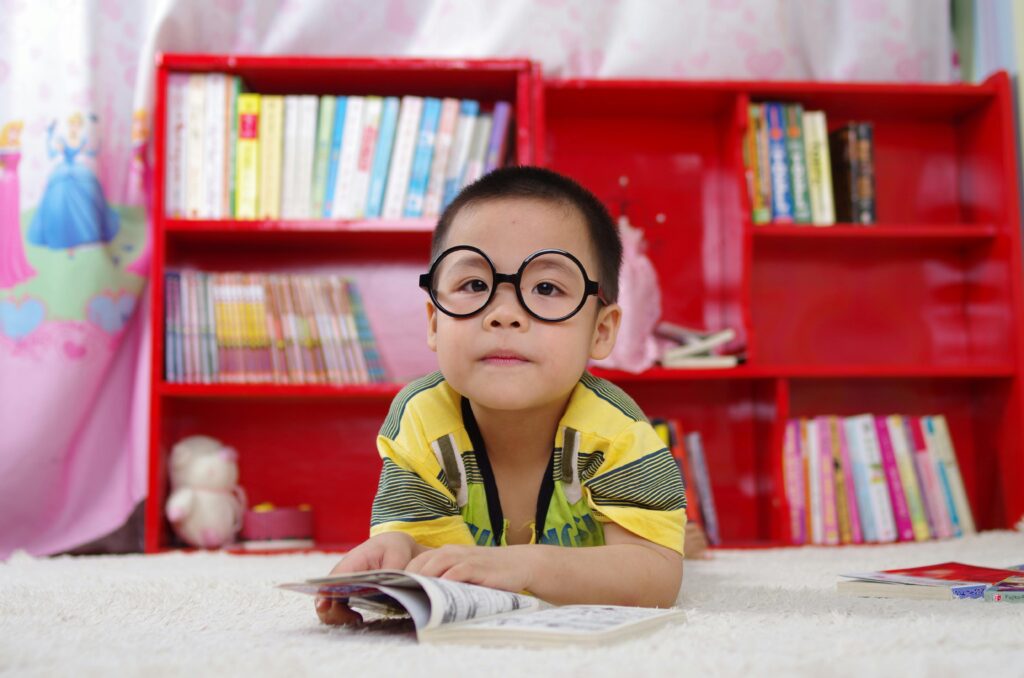
Looking for a seamless transition back-to-school? Here are our tips!
As summer ends, Super Parents often face the challenge of transitioning back into the school routine. This shift can create anxiety in the familt, so it’s crucial to establish a structured environment that fosters organization and comfort.
Understanding the School Environment for Children with ASD
School can be particularly demanding for children with autism due to the mix of academic expectations, social interactions, and sensory overload. Educating ourselves about effective strategies for easing this transition is essential for creating a positive experience for our Kiddos.
Key Strategies for a Smooth Transition:
- Design Clear Routines: Establishing consistent daily routines helps reduce anxiety for children with ASD by providing predictability and reinforcing positive behaviors.
- Encourage Anticipation: Discuss the upcoming school year with your child, including changes, new friends, and teachers. Knowing what to expect can alleviate anxiety. Obtain the class schedule in advance and use visual aids tailored to their needs, available from resources like ARASAAC.
- Foster Open Communication: Regular communication between families and teachers is vital. Engage in meetings, emails, or informal check-ins to address concerns and strategies for your child’s development.
- Ensure Coordination Among Support Teams: Many children with ASD receive therapy outside of school. Coordinating among therapists, school staff, and families ensures consistent support, enhancing learning and skill generalization.
- Prioritize Sleep Hygiene: A restful environment promotes better sleep. Minimize visual stimuli before bedtime, provide easily digestible meals, and tailor the sleep space to your child’s sensory preferences.
- Practice Patience: Transitioning back to school can be complex. Approach this period with patience as your child adapts to new routines and challenges.

Addressing School Challenges for Children with ASD
School can present specific hurdles for children with autism requiring an enviroment personalized to their individual characteristics (the IEP plays a fundamental role):
- Behavior Plans: Work with your child’s therapist to create a Behavior Plan and share it with school staff to prepare for potential challenges and strategies.
- Sensory Items: Ensure your child has access to a favorite sensory object on the first day of school for comfort during overwhelming moments.
- Social Readiness: Prepare your child for social interactions with conversation starter cards or a social skills superhero comic. Teach them to express their emotions appropriately and inquire about school activities that promote social engagement.
Addressing Bullying in the School Environment
Bullying is a significant concern for children with autism. Defined as aggressive, repetitive behavior in relationships characterized by power imbalances, it can have severe effects on emotional well-being. According to Stop Bullying, 46% of children with autism in middle or high school reported being bullied.
Empower your child with the motto, “treat others as you would like to be treated”, and encourage them to communicate with teachers if they feel targeted.
(For more support on this issue, check out our article, “Is your child bullied at school?“)
In conclusion, as you and your child embark on this new school year, managing your own anxiety and remaining calm is crucial. Although the transition can be challenging, creating an inclusive and supportive environment will foster positive learning experiences.
Your ongoing engagement and attentiveness to your child’s needs will significantly impact their development and adjustment. If you need additional support, please contact us. We’re here to assist you and your Superkiddo during this transition.
Happy Back to School!
Together, we make it better! ✨